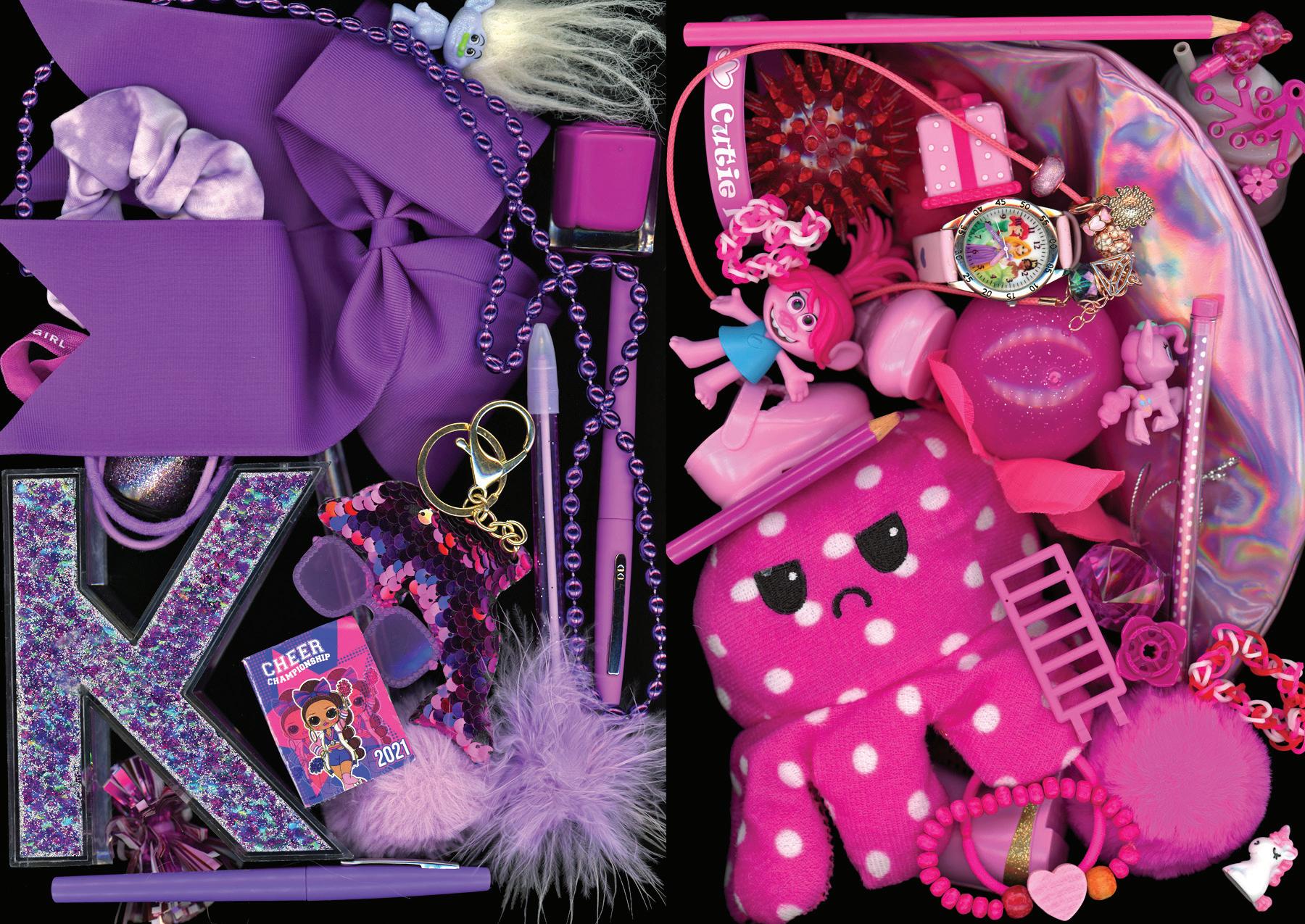
2 minute read
A Lost Art
Clara Ambrose
Perhaps I should have been born in a different era—one of sooty ink, feather quills, and waxy seals. Sitting at my oversized, second-hand desk, I hear the paper rustle as I coax a notecard out of its envelope. I love the aesthetic of letter writing, the intentional pace, the link to the past, and the relationships it engenders.
It all began in elementary school with a letter to my great grandmother—a formidable centenarian, never without her pearls. This unique and genuine correspondence brought me joy and led me to expand my letter writing to several other senior women in my community. One steadfast correspondent since my middle school years is Alice, the busy church secretary. During the pandemic, I started writing to Mary, a native Nashvillian with a heart of gold. Soon after, I added Bets, a ninety-eight-year-old member of the Quilters Hall of Fame. These women, their letters, and their rich, mature perspectives have taught me so much.
Writing letters has taught me to look beyond superficial appearances. In contrast to the posts that bombard me daily, these letters facilitate authenticity. My bustling mornings allow for just a quick glance in the mirror. Do I look put-together or scattered? Peaceful or anxious? Shy or confident? On days when I don’t like what I see, I take comfort walking past my mailbox on the way to school. I know when I return home I will likely be greeted by a note or two. Bets writes most often, addressing her letters to “Miss Clara Ambrose” in scrawling, yet beautiful script. Reading my correspondents’ thoughtful inquiries about me and my life, I feel seen. In composing a response, full of my reactions to their detailed stories, unhurried and unconstrained by character limits, I see them.
Writing letters has taught me that my worth is not dependent on my academic, athletic, and social performance. When I read notes from Alice describing her days spent at the church, it is clear she cares more about serving others than about being recognized for the work she does as secretary. Her example of ceaseless selflessness has given me a new vision of success, one that is hard to measure. Following her lead, I organize letter writing service projects and make time for candid conversations with friends. This gives me a contentment I do not find from my high school accolades.
Writing letters has taught me that challenging circumstances in my life do not define me. My great grandmother wrote about World War II and the resilience she developed raising four children with a husband away. Mary shared her experience of walking through the stages of grief after losing a sister. As I sympathize with these women, I understand struggle as an inevitable, but not insurmountable, part of the human experience. When I felt lonely moving to a new school, church, and town during the pandemic, I not only had the relationships of my letter writing friends to lean on, but also the wisdom they had imparted. I realized I could weather challenges and perhaps emerge with a stronger character.
I suppose I was born in the right era, as letter writing is a timeless art. Sitting at my desk, reading and composing letters, I have stepped back from the teenage longing for more followers, higher grades, and smooth sailing. Letter writing has broadened my perspective, pushing me to genuinely know others. It has helped me to see myself out of the context of my school, extracurriculars, and social media. I am more than my appearance. I am more than my performance. I am more than my circumstances. I am compassionate thoughts and sincere words dancing across a page and finding my way to others who share my appreciation for the lost art of letter writing.










